Glimpses at the history of Ladice
The first proofs of settlement on the municipalities cadastre come from the Neolithic and Eneolithic periods (4800–2400/2000 BC).
We continue the field road following the green marking (5129), descend to the lower border of an acacia forest, to the western border of Ladice near the end of the local asphalted road. Time: 7 min., in the opposite direction 10 min., length: 0.5 km, easy.
The history of Ladice to the end of the 14th century
Sometime around 800 BC a hill-fort was erected on Veľký Lysec, a promontory of the Tribeč Mountain (station No. 18).
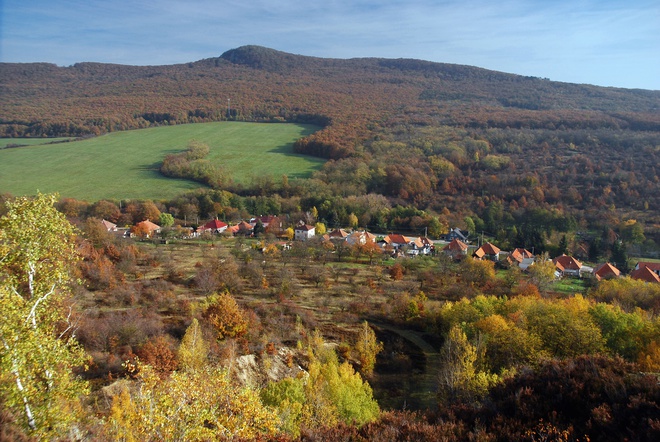
A coin of the Roman Emperor Valentinian III (425–455) that was found in Ladice may be connected with a Germanic tribe settling on the right-hand bank of the Drevenica Stream south of the municipality. In 1958 a cemetery from the 9th and the beginning of the 10th century was found on the south-eastern border of Ladice.

The first written record on Ladice is to be found in a donation by King Béla IV of Hungary (1235–1270) from 1253 concerning the possession of Gýmeš (Jelenec) in favour of the Forgács family. Ladice, which was formerly divided by the Drevenica Stream into a part belonging to the Nitra sea and one belonging to the Tekov sea, was subjugate to the Archdiocese of Esztergom from the mid-13th century to the end of feudalism.
Ladice in the 15th–17th centuries
At the end of the 14th or beginning of the 15th century the All Saints’ Church was built in Ladice and became the seat of an independent parish that was for the first time mentioned in a list of parishes of the Archdiocese of Esztergom from 1516.
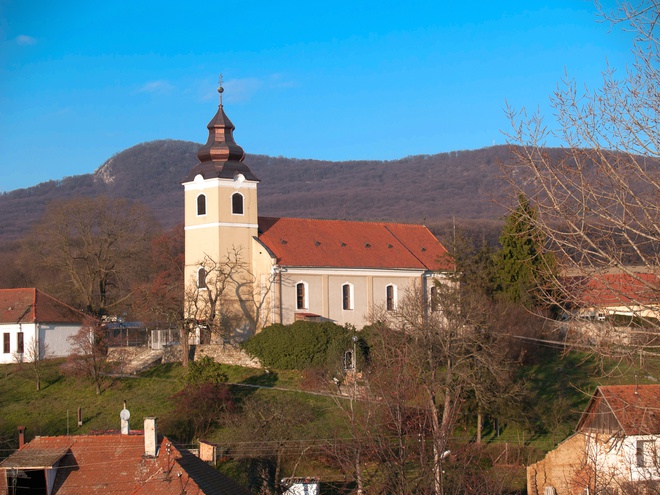
In the 16th century Ladice was part of Turkic-occupied territory. It was looted in 1573, 1580, and 1600. In 1598, Ladice, consisting of 90 houses (52 in the Nitra part and 38 in the Tekov Part), belonged to the largest settlements in the whole area. A village school existed already in the 17th century.
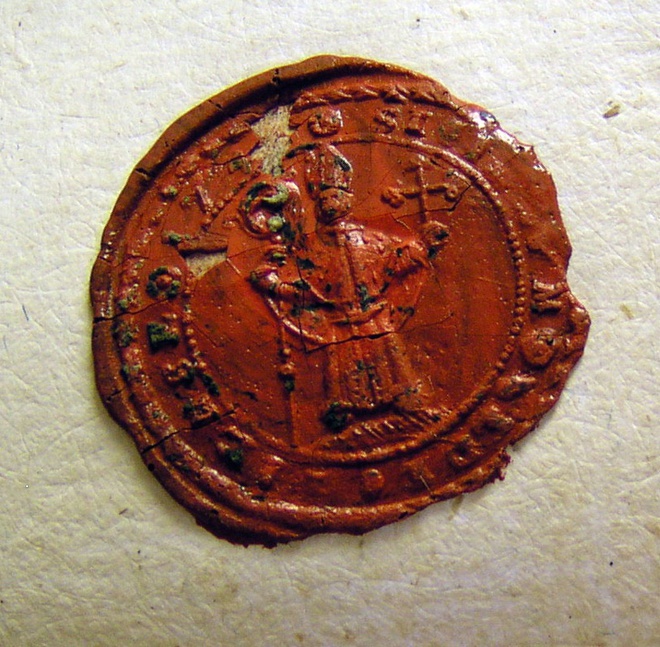
The Drevenica Stream enabled the development of milling in Ladice. Three mills existed in 16th-century Ladice: one belonged to the parish and two to the subjects. The miller Ján Molnár of Ladice even initiated the renovation of collective privileges for the associated miller gild of the Nitra, Tekov and Trenčiany sea in 1550. In the 18th century even four mills operated in Ladice, which therefore belonged to the most important milling towns on the Upper Žitava River.
The economy of Ladice until the end of the 19th century
In the past Ladice counted among the poorest municipalities. Its inhabitants were lacking arable land, forests and pastures, which had to be leased from the Forgács Family. They tried to improve their living by viticulture. In the mid-18th century both the Nitra and the Tekov part husbanded 10 ha vineyards on each side.
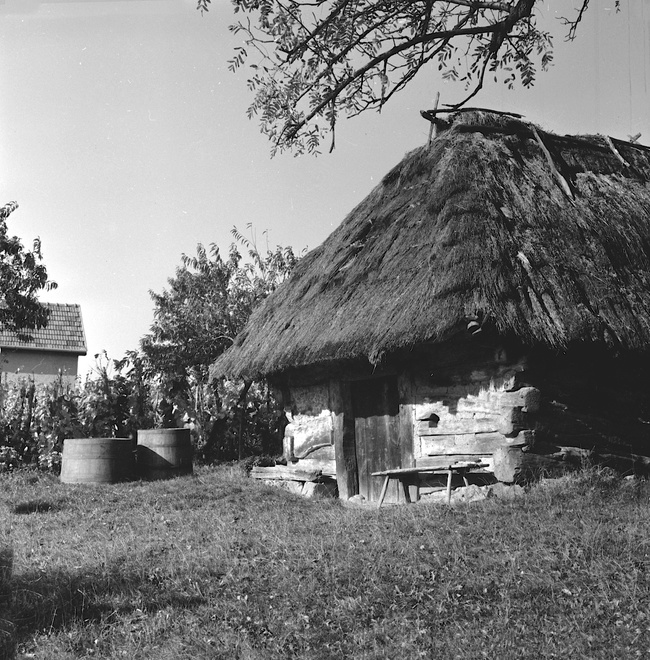
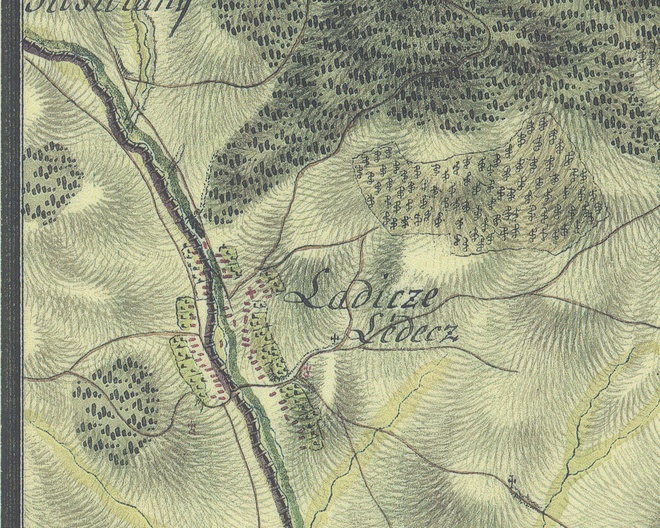
One of the largest farms was owned by the Catholic parish. The parish priest of Ladice was allowed to have his own subjects, which took care of his farm and parish, and worked on the parish’s fields and vineyards. Sheep husbandry is looking back in an old tradition in Ladice. In the 19th century the Ladice parish owned the largest herd in the municipality counting 100 animals.
On the cadastral territory of Ladice, in the part towards Velčice and Sľažany stood the Hajnaldep (Hajnalgyep) Meierhof of the Archbishopric of Esztergom, where a number of buildings were constructed before 1874. Its beginnings remain unclear; it vanished after the land reform in 1947.
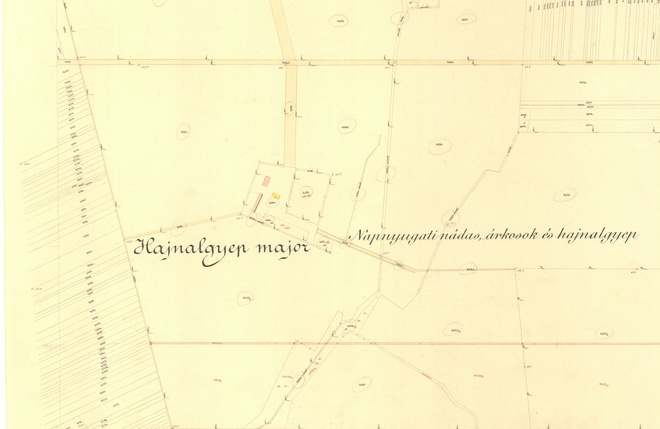
Ethnic Structure in the Municipality
Originally the population of Ladice was mixed Hungarian and Slovak; after the 17th-century Turkic lootings it was resettled by Hungarians from the southern municipalities. Today the population is still mixed. Most of the ihabitants are of Roman-Catholic faith (85%).
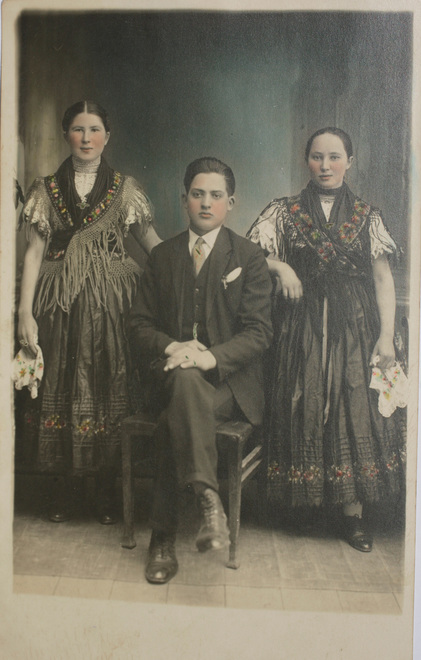
Jewish inhabitants are attested only since the end of the 1840s. Four families used to live in Ladice, mostly they engaged in subsidiary occupations until the Second World War (1939–1945).
First records of Roma in Ladice stem from the beginnings of the 1880s. They lived approximately in the village centre until 1961. Today this part of the municipality is called Cigánpart.
Ladice in the 20th century
The men of Ladice took part in World War I (1914–1918) as soldiers of the 14th Nitra Honvéd Infantry Regiment on the Russian front. In 1926 a voluntary fire brigade was founded and the telephone introduced in the 1930. In the first half of the 20th century stone was quarried in the quarry at Köhegy and used as building material, for example to repair the by-road from Jelenec through Ladice to Kostoľany pod Tribečom in 1940–1944 or at the construction of the road between Nitra and Zlaté Moravce.
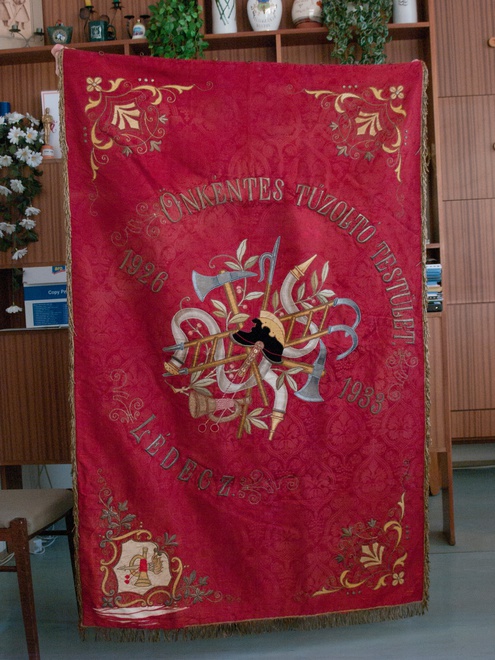
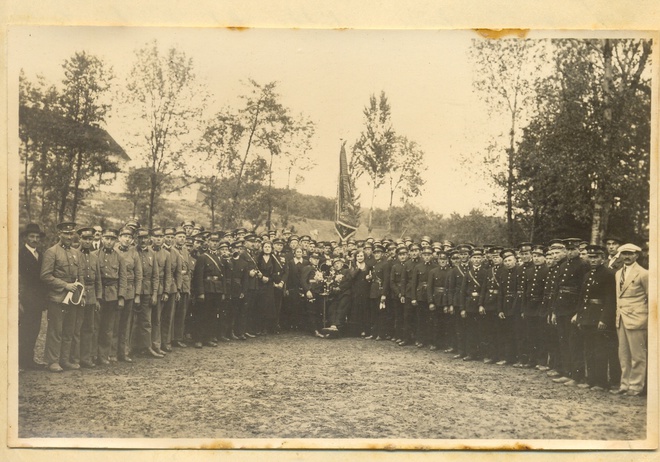
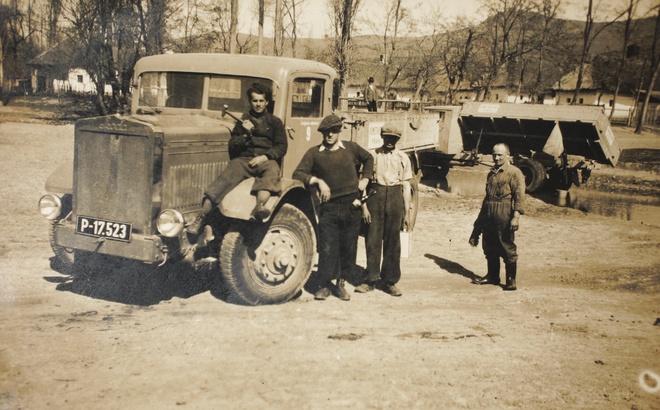
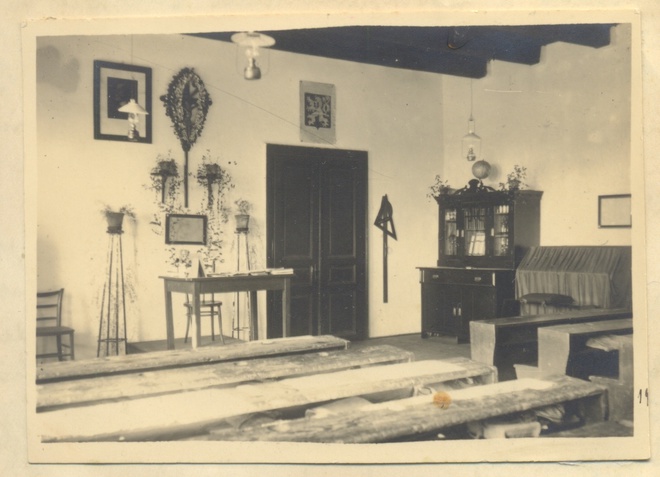
Instead of the requested freight railway station only a passenger stop was built on the new rail connection between Nitra and Zbehy in 1938, leading south of Ladice. A municipal distillery was opened in 1939.
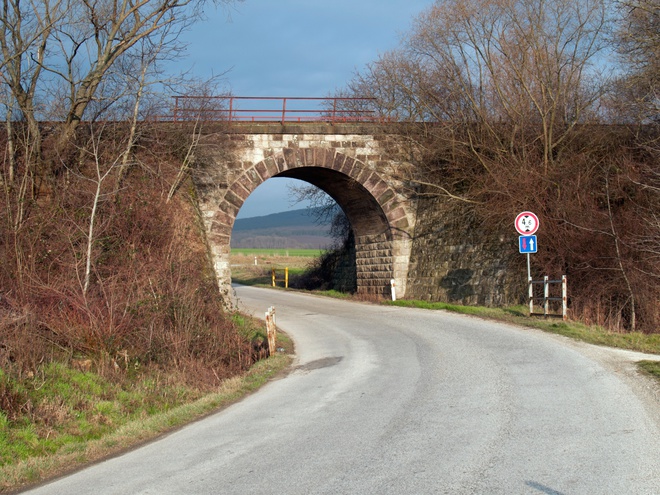
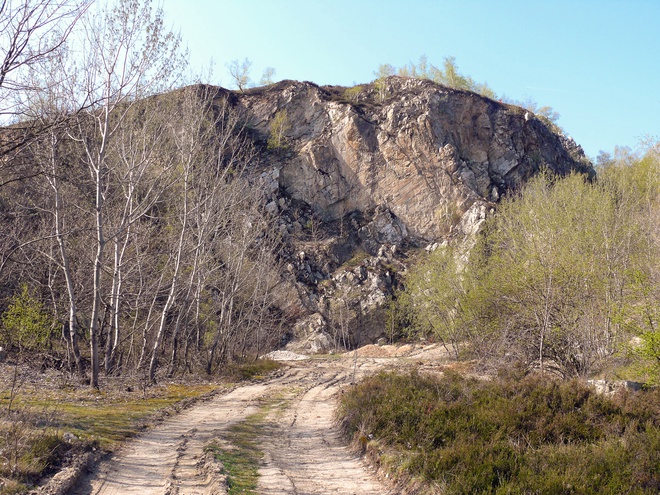
After World War II a collective farm was founded in Ladice (in 1958), which was until 1989 the most important agricultural company in the municipality. Later it became part of the Collective Farm Svornosť Neverice. A number of public buildings were erected on a voluntary basis: a new building of the elementary school with a Slovak and Hungarian section (1967), the Mourning House (1971), the today’s municipal office with post office and grocery of the supermarket company Jednota (1981).
In written sources the municipality is referred to under various names: Leduch (1253), Ledecz (1414), Ledecz (1426), Ledech (1536), Ledecz (1576), Ladicze (1773), Lédecz, Ladec, Ladice (1808), Barslédec in 1907–1913, and since 1939 Ladice.